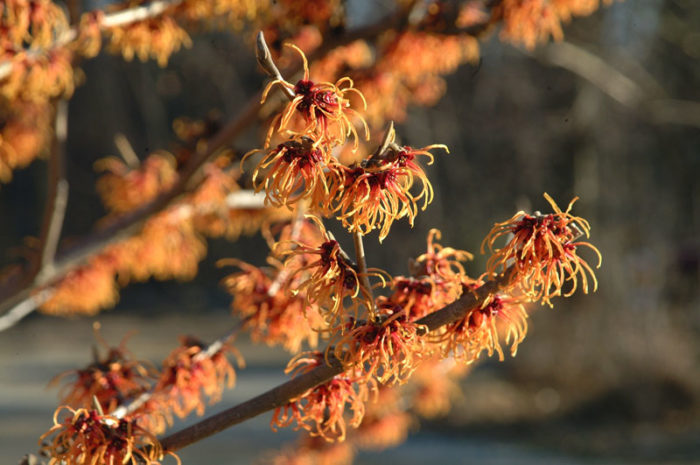
Photo/Illustration: Jennifer Benner
Expert gardeners reveal their favorite plants for the Northeastern, Mid-Atlantic, and Southeastern states.
See picks from other parts of the country…
NORTHEAST
Jennifer Benner is a freelance garden writer and photographer, as well as former Fine Gardening staff. She resides in Roxbury, Connecticut.
1. Solenostemon scutellarioides
2. Betula nigra ‘Heritage Cully’
3. Picea pungens ‘Montgomery’
4. Allium hollandicum ‘Purple Sensation’
5. Viburnum nudum ‘Winterthur’
9. Rudbeckia hirta ‘Indian Summer’
10. Plectranthus ‘Lemon Twist’
11. Ensete ventricosum ‘Maurelii’
Jo Ann Gardner, author of Brightening Damp Shade, lives in Essex, New York.
1. Pulmonaria officinalis
Comments: Incomparable early spring bloom greets the first hummingbirds.
2. Lamium maculatum ‘White Nancy’
Comments: Groundcover, companion for sun or shade.
3. Rudbeckia ‘Goldsturm’
Comments: Late summer color, long-lasting.
4. Lactuca sativa ‘Pablo’
Comments: Does well in heat or cold, doesn’t bolt, and is beautiful! A crisp-leaved Batavian lettuce.
5. Beta vulgaris ‘Perpetual Spinach’
Comments: Never bolts, is always sweet, and produces new leaves all season. An heirloom chard (1869), still very popular in France, hardly known here.
6. Supertunia ‘Bordeaux’
Comments: A great container plant with largish flowers that never need deadheading.
7. Sedum telephinium ‘Autumn Joy’
Comments: Good form all season, dependable long-lasting fall color.
8. Spirea ‘Goldflame’
Comments: Great spring and fall color, and garden accent. Easily grown and propagated.
9. Phlox paniculata ‘Eva Cullum’
Comments: Long flowering from midsummer through fall, good distant accent.
10. Hosta sieboldiana ‘Elegans’
Comments: Tolerates drought and resists slug (a bonus in hostas), a good hedge in difficult conditions (dank shade) and attractive alone as an accent.
11. Rosa ‘Champlain’
Comments: Absolutely hardy, no black spot, blooms nonstop in thick clusters, which is unusual in a hardy rose.
Contributing editor Amy Goldman, author of The Heirloom Tomato, lives in upstate New York.
1. Solanum lycopersicum ‘Sara’s Galapagos’
Comments: Kids love the delicious tiny red tomatoes borne in profusion all summer long.
2. Solanum lycopersicum ‘Black Cherry’
Comments: A maroon cherry tomato that tastes like plum stone fruit without the stone (pit).
3. Solanum lycopersicum ‘Speckled Roman’
Comments: A psychedelic plum-shaped tomato: red with orange zigzags. Fruity and sweet, makes eating tomatoes fun for the uninitiated.
4. Solanum lycopersicum ‘Gold Medal’
Comments: A superbly delicious and eye-catching bicolor (orange, yellow and pink)
5. Cucumis melo ‘Queen Anne’s Pocket Melon’
Comments: An enchanting melon: pocket-sized, with red and yellow stripes, that gives off an unforgettable perfume. For sniffing and not eating (taste is insipid).
6. Cucumis melo ‘Snake Melon’
Comments: This elegant long-necked creature can coil like a snake when grown on the ground. Tastes like a cucumber, only better, and produces a huge crop to delight any child.
7. Cucumis melo ‘Golden Midget’
Comments: An outstanding little watermelon with penciled yellow rind and salmonpink flesh. With a builtin ripeness indicator: the fruit (and plant) turn yellow when ripe.
8. Cucurbita pepo ‘Jack Be Little’
Comments: This palm-sized pipsqueak is undeniably fanciful. Looks like a miniature pumpkin but is in fact a type of acorn squash. Not just for ornament! Makes a great afterschool snack: bake one whole, cut a lid and scoop out the seeds, and drop in some creamy butter and maple syrup.
9. Cucurbita pepo ‘Winter Luxury Pie’
Comments: A fabulous orange pie pumpkin with a fine white filigree. Makes the best pumpkin pies.
10. Cucurbita maxima ‘Atlantic Giant’
Comments: The biggest pumpkin in the world. Materializes like magic.
Kristin Green is the interpretive horticulturist at Blithewold Mansion Gardens and Arboretum in Bristol, Rhode Island.
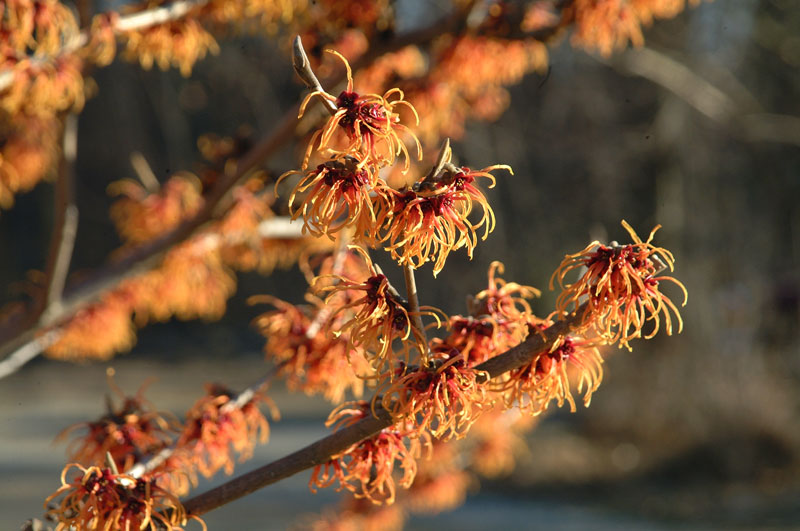
1. Lavandula X intermedia ‘Grosso’
Comments: Ever since I was a kid and someone gave me a beanbag full of lavender flowers, I have had to have its scent around me and in my garden. Also it requires starved soil. Somehow I’ve always been able to give it what it needs.
2. Hamamelis x intermedia ‘Jelena’
Comments: All gardeners need something that blooms in February/March.
3. Asclepias tuberosa (butterfly weed)
Comments: A must have for any gardener that loves butterflies.
4. Malus sargentii (crabapple)
Comments: On my list because I don’t have one yet and want one for the birds.
5. Salvia guaranitica
Comments: Hummingbirds love it.
6. Calamintha nepeta
Comments: Bees love it and it’s one of those rewarding, no fuss, blooms constantly, plants that can make any gardener feel like a genius.
7. Cynara cardunculus ‘cardoon’
Comments: Because it’s outstanding. Literally.
8. Beta vulgaris var.flavescens ‘Bright Lights’
Comments: To go where no hosta can (full sun). Besides they’re more beautiful than hosta and tasty too.
9. Echinacea purpurea ‘Virgin’
Comments: Virgin is hands-down a great plant for being an upstanding citizen with non-stop blooms. And it’s another for the birds, gold-finch love Echinacea seeds.
10. Zinnia ‘Benary Giants’ or ‘Profusion series’
Comments: They’re just so easy and so fun.
11. Pelargonium tomentosum (peppermint-scented)
Comments: It’s softer than a kitten and smells a lot nicer than puppy breath. It’s a great pet plant for the kiddos.
Andrew Keys hosts Fine Gardening‘s Garden Confidential podcast. He lives in Topsfield, Massachusetts.
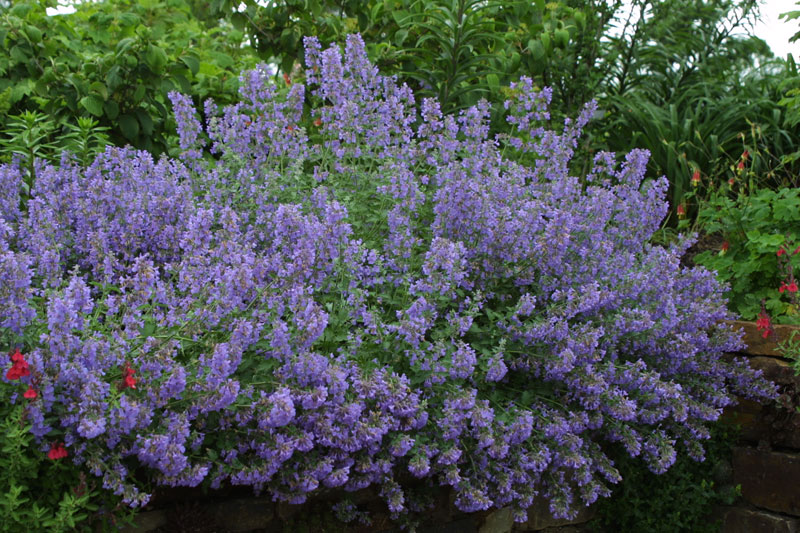
1. Buddleia davidii ‘Black Knight’
Comments: Best butterfly bush by far for bloom, fragrance, and ease of growth.
2. Baptisia X variicolor ‘Twilite’
Comments: Beautiful in flower (purple) and leaf (blue).
3. Nepeta faasenii ‘Walker’s Low’
Comments: Indestructible catmint.
4. Phlomis russeliana
Comments: Pale yellow Jerusalem sage.
5. Pennisetum orientale ‘Karley Rose’
Comments: Best medium sized grass ever. Pale pink flowers over a very long season.
6. Achillea anthea.’Anblo’
Comments: Palest yellow yarrow.
7. Aralia spinosa
Comments: Devil’s walking stick. Wish it were more widely available.
9. Kolkwitzia amabilis
Comments: The old fashioned beautybush. Hard to beat.
10. Polystichum acrostichoides
Comments: One of the toughest plants I know.
11. Yucca filamentosa
Comments: That’s right! Plain ole Yucca much maligned but well loved.
Dean Riddle’s upstate New York garden is largely self-sown (see a slideshow).
1. Buxus var. koreana X B. sempervirens hybrids ‘Green Mountain’
Comments: Sheridan hybrid, excellent for hedging.
2. Hydrangea paniculata grandiflora ‘Limelight’
Comments: Hard-prune in early spring.
3. Syringa meyeri ‘Palibin’
Comments: Top-grafted, standard or “tree” form.
4. Betula nigra ‘Dura Heat’
5. Miscanthus sinensis ‘Adagio’
6. Hackonechloa macra ‘All Gold’
9. Sedum telephium ‘Autumn Joy’
10. Tulipa ‘Spring Green’
11. Sun Gold cherry tomato
Connecticut gardener Steve Silk is a former managing editor of Fine Gardening magazine. Visit his Clatter Valley blog.
1. Ensete ventricosum ‘Maurelii’
Comments: Spectacular presence, bold effect, easy to overwinter.
2. Canna Tropicana®
Comments: Colorful foliage makes it a great host for all kinds of combinations.
3. Acer palmatum ‘Orange Dream’
Comments: How can you go wrong a Japanese maple, any Japanese maple, but especially this one, with its sultry orange foliage in spring?
4. Euphorbia
Comments: Distinctive way the foliage is borne makes euphorbia’s welcome in almost every combination
5. Lespedeza thunbergii
Comments: Delicate texture makes it a great player, and the thing is just awash in blossoms in latest summer, tough as nails.
6. Aralia elata ‘Aureovariegata’
Comments: You only need one, but this stupendous shrub boasts singular form, exquisitely colorful foliage, and a wild, tropical quality yet is tough and hardy.
7. Iris ‘Caesar’s Brother’
Comments: One of the most beautiful flowers, vivid color.
8. Miscanthus sinensis ‘Morning Light’
Comments: Any grass is a good one, but this beautifully fountain-shaped grass, with its subtle variegation, compliments any place it is planted.
9. Hakonechloa macra ‘Aureola’
Comments: Another grass with unmatched grace, this one looks like a tiny waterfall in the garden, and having lots makes it possible to create flowing streams of intensely pleasing beauty.
10. Epimedium
Comments: Interesting flowers, terrific foliage, drought-tolerant as all get out, easy to divide and establish large areas quickly. What’s not to like?
11. Tulipa
Comments: OK, I said it, got to have tulips. By the time they arrive, I am so starved for color and tulips provide it, Different colors and cultivars every year, so the spring show is always enriched by their presence. Treat as annuals.
MID-ATLANTIC
Pennsylvania gardener Inta Krombolz is the author of Solutions for Wet, Shady Sites.
1. Hosta ‘Sum and Substance’, ‘Victory’, and ‘Liberty’
Comments: Incredible foliage plants that do their job all season.
2. Hakonechloa macra ‘Aureola’ and ‘All Gold.’
Comments: The most graceful of grasses. There are many color varieties and it can be planted in a mixed border without shadowing all other plants. My favorite of all grasses. I have it in all color versions.
3. Cephalotaxus ‘Harringtonia’ and ‘Fastigiata’
Comments: Wonderful texture and color.
4. Aralia cordata ‘Sun King’
Comments: A tremendous, large, herbaceous, chartreuse, clean looking all season. This is a newer plant for me but I just love it. It gets to be about 34ft and has a lot of presence in the garden. It keeps its color all season and the foliage stays clean.
5. Carex elata ‘Bowles Golden’
Comments: Great for wet areas; beautiful chartreuse color and very well behaved only increasing in girth, never running.
6. Carex morrowii ‘Ice Dance’ and ‘Silver Scepter’
Comments: Nice variegated grasses that are easy to grow, especially in moist soil.
7. Fargesia nitida
Comments: I love this plant. It has great form, beautiful showing legs, arcing form and is very well behaved. I have Fargesia robusta and Fargesia ‘Anceps’ and just love the shape, texture and grace that they add to the garden.
8. Podophyllum pleianthum
Comments: A magnificent plant that has big shiny green leaves that remain all season. It stops people in their tracks.
9. Buxus ‘Kingsville’ and ‘Compacta’
Comments: Great shrubs that increase slowly and never get any diseases. Look nice in all settings and add that regular shape to the garden that brings it order.
10. Hellebores
Comments: Great foliage and flowering plants.
11. Arachnoides standishii
Comments: Lovely arcing delicately divided fern that is a show stopper
Ray Rogers, editor of the American Horticultural Society A to Z Encyclopedia of Garden Plants, was recently interviewed for a Garden Confidential podcast. He lives in New Jersey.
1. Scaevola aemula
Comments: Blue-flowered selection. Annual, easy to grow and blooms the entire growing season.
2. Paeonia
Comments: Perennial, easy to grow and live for generations.
3. Viburnum
Comments: Any with showy fruit. Shrub, easy to grow and they feed the birds.
4. Acer
Comments: Any that have excellent fall color and aren’t weedy. Theser trees are easy to grow and dazzle the eye.
5. Lycopersicon
Comments: Heirloom or hybrid, as long as it has good taste. Vegetable, easy to grow and tastes great.
6. Narcissus
Comments: Any time-tested one. Bulb, easy to grow and deer don’t eat them.
7. Clematis
Comments: Climber: easy to grow and take color into the air.
8. Solenostemon scutellarioides
Comments: Like any but the finicky few. Tropical, easy to grow and provide color all growing season.
9. Muehlenbeckia axillaris/complexa
Comments: Houseplant, easy to grow and can be trained into any shape.
10. Euphorbia
Comments: Succulent, easy to grow and take many forms.
Bill Thomas is the executive director and head gardener at Chanticleer in Wayne, Pennsylvania.
1. Quercus alba
2. Acer saccharum
5. Epimedium
10. Narcissus
11. Cornus sericea
SOUTHEAST
Tony Avent is the owner of Plant Delights Nursery and in Raleigh, North Carolina.
1. Hosta ‘Liberty’
Comments: one of the best ever.
2. Polygonatum odoratum ‘Variegatum’
3. Arachniodes standishii
4. Sedum ‘Maestro’
5. Colocasia gigantea ‘Thailand Giant’
Comments: For the supersized garden.
6. Canna ‘Phasion’
7. Iris laevigata ‘Variegata’
8. Baptisia ‘Carolina Moonlight’
9. Phlox ‘Minnie Pearl’
11. Spigelia marilandica
Paul Cappiello is the executive director of Yew Dell Botanical Gardens in Crestwood, Kentucky.
1. Quercus alba
Comments: Quite simply, one of the most majestic maternal beauties in the plant kingdom!
2. Fagus sylvatica ‘Asplenifolia’
Comments: Talk about a four season plant. There is not a single day during the calendar year that observers fail to be overwhelmed by the absolute stunning impact of this.
3. Cedrus libani var. Stenocoma
Comments: Spire-like in youth, aging to a graceful broad grower, this form combines beauty and adaptability to make an unrivaled package.
4. Abies nordmanniana
5. Viburnum x burkwoodii ‘Mohawk’
Comments: Find me another shrub out there with a better combination of floral display, fragrance, summer and fall foliage, and I’ll buy 1000!
6. Aesculus parviflora ‘Rogers’
Comments: Some you just grow for sentimental reasons and how can you pass on this one!
7. Stewartia pseudocamellia
Comments: If it was easy, everyone would be growing it! But if it wasn’t for the cultural challenge, this would be the perfect garden tree!
8. Hakonechloa macra ‘All Gold’
Comments: Better grower than the more common Aureola and a firstrate garden plant.
9. Daphne X burkwoodii ‘Carol Mackie’
Comments: There may be others, but none better!
10. Hamamelis X intermedia ‘Early Bright’
Comments: Everyone should have bright, fragrant flowers in January, and this one is tough to beat!
11. Hydrangea anomala ssp. petiolaris ‘Miranda’
Comments: One great vine! Golden variegation and great flowers and no list would be complete without at least one Hydrangea!
Dwayne Jones is the superintendent of parks and horticulture in Waynesboro, Virginia.
2. Itea virginica ‘Henry’s Garnet’
6. Ilex decidua ‘Winter Red’
9. Quercus bicolor
10. Penstemon digitalis ‘Husker Red’
11. Setcreasea pallida
Troy Marden is a garden designer, author, lecturer, and television host in Nashville, Tennessee.
1. Hemerocallis ‘Hyperion’
Comments: One of the toughest and most long-lived of all perennials, with fragrant, lemon yellow flowers for six weeks in early to midsummer.
2. Hosta plantaginea ‘Grandiflora’
Comments: One of the most vigorous and beautiful of all hostas. Solid green leaves and enormous, fragrant, pure white flowers in August.
3. Helleborus X hybridus
Comments: A group of plants that no shade garden should be without. The nearly perfect perennial. Tough, evergreen, deer resistant, thrives in dry shade and flowers at a time when so little else is in bloom.
4. Miscanthus sinensis ‘Cabaret’
Comments: My favorite of all of the variegated grasses. One of the midsize miscanthus that is suitable for gardens of any size, with clean, beautiful variegation. Does not reseed like some miscanthus.
5. Helianthus salicifolius
Comments: A stalwart native with beautiful, willowy foliage and golden yellow, dark-eyed “daisies” in late summer and early autumn. The ‘First Light’ flowers at around 4 feet, instead of the 7 to 9 feet of the straight. It also flowers about a month earlier.
6. Canna X generalis ‘Pretoria’ aka ‘Bengal Tiger’
Comments: The most stunningly variegated of all cannas with green and yellow striped leaves edged in red. Tangerine orange flowers appear from midsummer to fall. Unfortunately, canna virus is running rampant through nearly every canna on the market and the long-term effects are not yet known.
7. Salvia guaranitica ‘Black & Blue’ and ‘Argentine Skies’
Comments: My go-to salvia for cobalt blue color. Zone 6b and south it is mostly perennial, further north an annual that is well worth the investment each spring. ‘Argentine Skies’ is a little shy in its flower production, but the soft, sky blue is second to none in color.
8. Hydrangea quercifolia ‘Snowflake’
Comments: The most impressive and long flowering of all of the oak leaf hydrangeas. Magnificent, cascading heads of double white flowers begin in June and are showy through early August.
9. Musa hybrid ‘Basjoo’, ‘Coccinea’, ‘Red Jewel’, ‘Siam Ruby’
Comments: One of the best plants for adding that tropical touch to any garden. Large-growing Musa basjoo is cold hardy to at least Zone 6 and possibly colder, with protection. ‘Red Jewel’ and ‘Siam Ruby’ are perfect choices for smaller gardens.
10. Colocasia ‘Black Magic’, ‘Nancy’s Revenge’, ‘Elena’
Comments: More tropical favorites! ‘Nancy’s Revenge’ for its presto-change-o variegation that streaks through the leaves from midsummer to fall, ‘Elena’ for its brilliant chartreuse leaves and rhubarb red flushes to the stems and ‘Black Magic’ for that magical, mystical black leaf that is the perfect foil for every other color in the garden.
11. Thuja plicata ‘George Washington’
Comments: My new favorite conifer, seemingly fast growing and with green and gold variegation whose patterns change throughout the seasons. Sometimes green with gold tips, at other times the gold “moves” to the center of the leaflet and the patterns change in a seemingly endless manner.
Diane Meucci is the owner of GardensOyVey Nursery in Arlington, Tennessee.
1. Hydrangea quercifolia ‘Snow Flake’
Comments: Sexy in all seasons….tough.
2. Chionanthus retusus
Comments: Lovely specimen…Xeriscape plant.
3. Rhus ‘Tiger Eyes’
Comments: I have found it likes afternoon shade in zone 7. Great in containers.
4. Cotinus ‘Grace’
Comments: Tough. Sexy. Great with Tiger Eyes Sumac.
5. Yucca ‘Color Guard’
Comments: OMG! Great in containers.
6. Camellia sassanqua and olifera hybrids
Comments: To avoid late winter freezes…killing the blossoms in zone 7.
7. Carex ‘Evergold’
Comments: I have killed every Carex, but have not found a way to kill this one.
8. Helleborus
Comments: Just because.
9. Hydrangea arborescens ‘Annabelle’
Comments: Tough ‘ole southern girl….Steel Magnolia.
10. Rhododendron austrinum, prunifolium, viscosum, canescens
Comments: Cranky, slow, expensive, difficult….They take my breath away.
11. Hosta
Hilary Nichols is senior horticulturist at the Atlanta Botanical Garden.
1. Osmanthus fragrans ‘Fudingzhu’
Comments: Excellent fragrance, long blooming, evergreen, shrub for structure, care-free.
2. Coreopsis auriculata ‘Nana’
Comments: Early and long-blooming, supports butterflies, evergreen.
3. Baptisia australis
Comments: Supports butterflies, unusual looking spring emergence, silver foliage, black seed pods, care-free.
4. Scutellaria baicalensis
Comments: Vivid color, odd-shaped flowers, long-blooming, care-free.
5. Eucomis pole-evansii
Comments: Bold texture, weird flower, long-blooming, care-free.
6. Bouvardia ternifolia
Comments: Vivid color, supports hummingbirds, butterflies, long-blooming and care-free.
7. Helianthus salicifolius
Comments: Happy flower supports pollinators, long blooming.
8. Muhlenbergia capillaris
Comments: Energetic fine texture, amazing glow when blooms backlit, long-blooming, care-free.
9. Eupatorium purpureum ‘Joe White’
Comments: Supports many different pollinators and butterflies, structure on through the winter, very long-blooming.
10. Aster oblongifolius ‘Raydon’s Favorite’
Comments: Supports pollinators and butterflies, profuse and long-blooming.
11. Carex oshimensis ‘Evergold’
Comments: Relaxed fine texture, always a bright spot, evergreen and care-free
Contributing editor Jason Reeves is an ornamental horticulture research associate at University of Tennessee’s West Tennessee Research and Education Center in Jackson, Tennessee.
1. Chionanthus retusus
Comments: Good bark, great flowers, shinny leaves, attractive fruit on female
2. Lagerstroemia indica X fauriei ‘Natchez’
Comments: Beautiful cinnamon-color bark, flowers profusely, fall color, tough as nails
3. Hydrangea quercifolia
Comments: Attractive peeling bark, large dependable flowers, nice coarse texture, fall color
4. Thuja (Platycladus) orientalis ‘Morgan’
Comments: Matures to a manageable size, great summer and a glowing copper winter color, great replacement for dwarf Alberta spruce in the South
5. Jasminum officinalis ‘Fiona Sunrise’ and ‘Frojas’
Comments: Bright foliage and winter stem color, nice leaf texture.
6. Cryptomeria japonica ‘Globosa Nana’
Comments: Good foliage color and texture, naturally globose in nature, good replacement for boxwoods, and Japanese and dwarf yaupon hollies, a plant you just want to hug.
7. Zinnia ‘Profusion’ and ‘Zahara’
Comments: Nonstop flowers, disease resistant, no deadheading needed, compact.
8. Lantana
Comments: Nonstop flowers, drought tolerant, no deadheading needed.
9. Miscanthus sinensis ‘Morning Light’
Comments: Graceful upright arching form, attractive for a long period of time, winter interest, movement in the garden.
10. Edgeworthia chrysantha
Comments: Late winter fragrant flowers, great foliage, love the way water/due bubbles on the foliage term, attractive winter flower buds and over all interesting winter texture.
11. Helleborus X hybridus
Comments: What a hard choice. Helleborus beat out Thuja (Platycladus) orientalis ‘Franky Boy’ due to being so new and hard to find. Helleborus flowers early, and the bracts last for a long time. It’s evergreen, rodent resistant, tough, and drought tolerant.
Helen Yoest tends to her half-acre wildlife habitat garden, Helen’s Haven, in Raleigh, North Carolina. She is also a garden speaker, writer and garden stylist.
1. Hydrangea quercifolia ‘Snow Flake’
Comments: Sweet spring green, gentle long-lasting large flowers, fabulous fall color. Can be sheared or left natural. Makes a great specimen plant or hedge.
2. Amsonia hubrichtii
Comments: Three solid seasons with cornflower blue flowers in spring, nice structure in summer and bronzy yellow fall foliage.
3. Paeonia ‘Red Charm’
Comments: Peony flowers may only last a couple of weeks (at most) but they artist’s inspiration allowing painters to paint and poets to pontificate.
4. Prunus mume ‘Peggy Clarke’
Comments: I really like them all…can’t imagine my winter garden without one. I first learned about these beauties from the JC Raulston Arboretum in Raleigh, NC.
6. Tulipa clusiana ‘Lady Jane’
Comments: Accept no substitute. Order from Old House Gardens.
7. Daphne cneorum ‘Ruby Glow’
Comments: Get on your knees, baby, to see or plant on a berm…perfect addition to your rock garden.
8. Edgeworthia chrysantha
Comments: Four solid seasons. Beautiful summer shrub. But what really jazzes me about this beauty is how the flower heads form before the leaves even fall. Then they just hang there, slowly opening, revealing some yellow and wafting its scent.
9. Ilex vomitoria ‘Pendula’
Comments: Great native with sexy curves and beaming berries. Great for food and cover for wildlife.
10. Echineaca purpurea
Comments: Yep, just the pure native. Remember that? Great flower, seed loved my many birds, particularly the yellow finch.
11. Distylium myricoides
Comments: This is a fun and funky feature in my mixed border that really stands out in the winter garden.
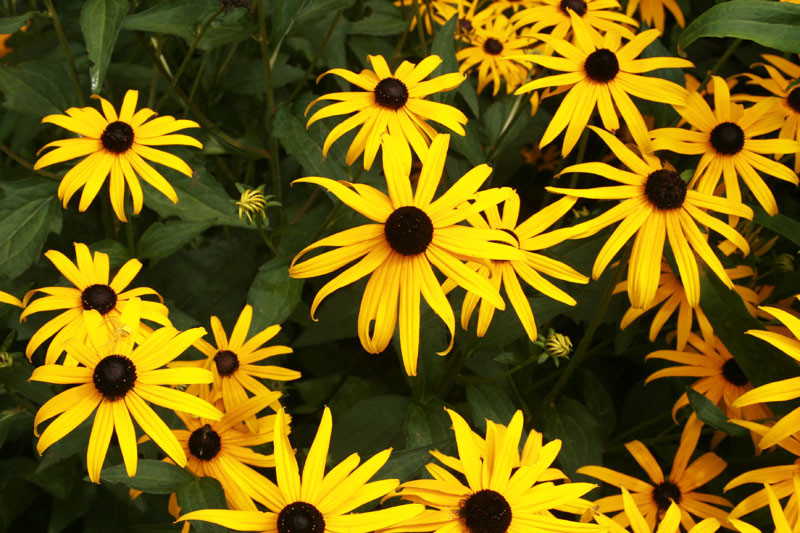
Photo/Illustration: Michelle Gervais
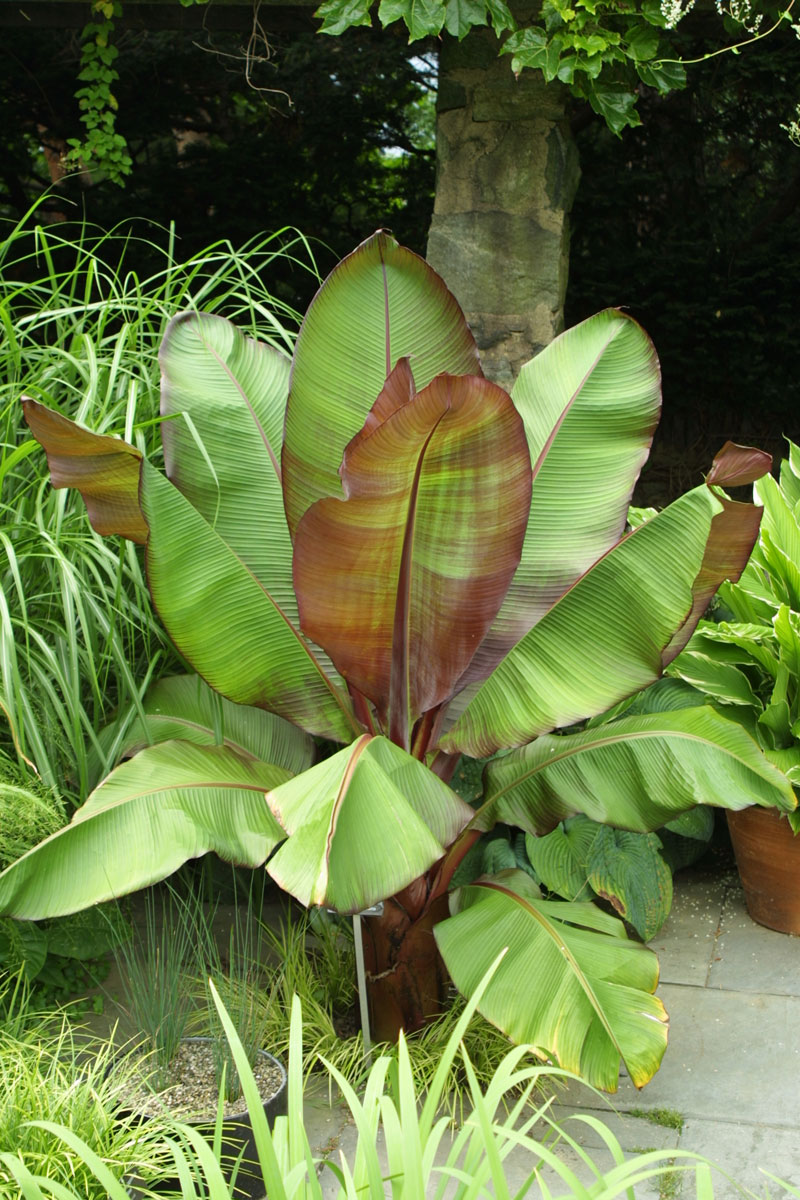
Photo/Illustration: Michelle Gervais
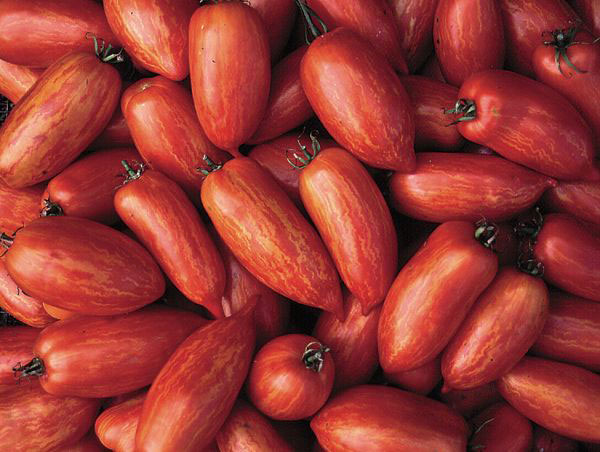
Photo/Illustration: Seed Savers Exchange
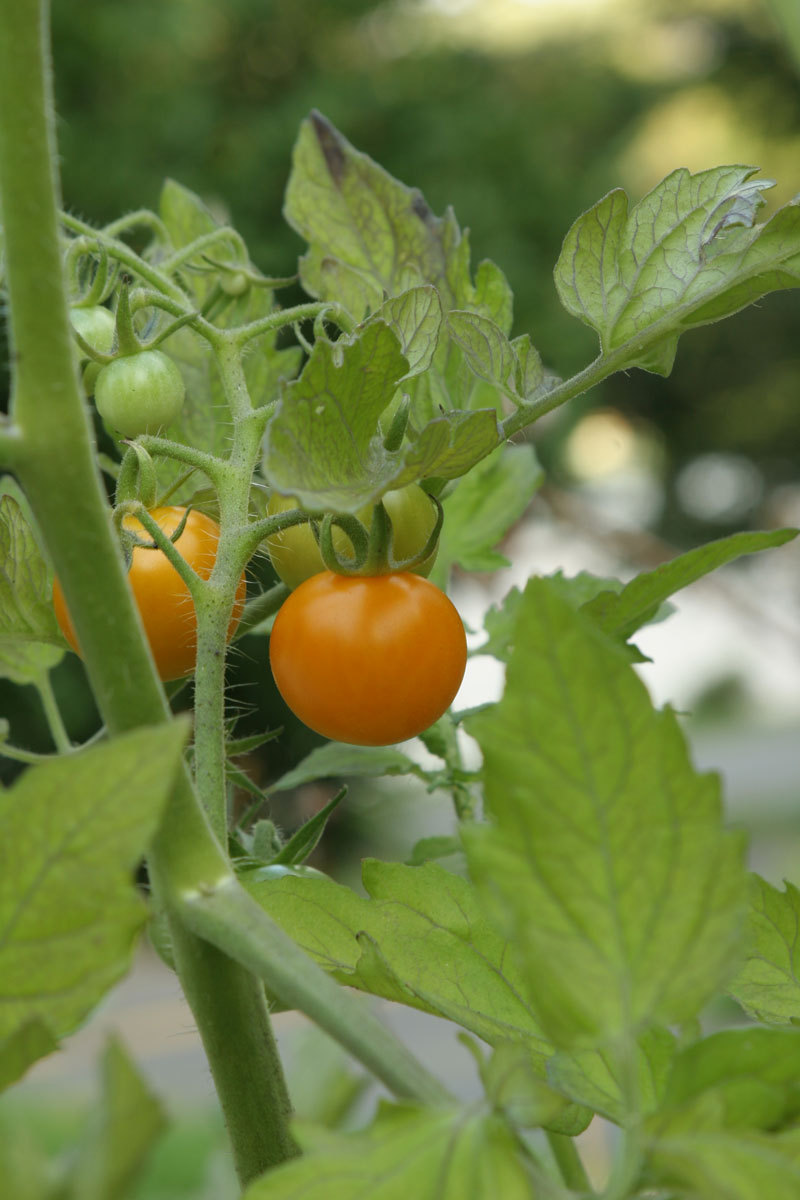
Photo/Illustration: Steve Aitken
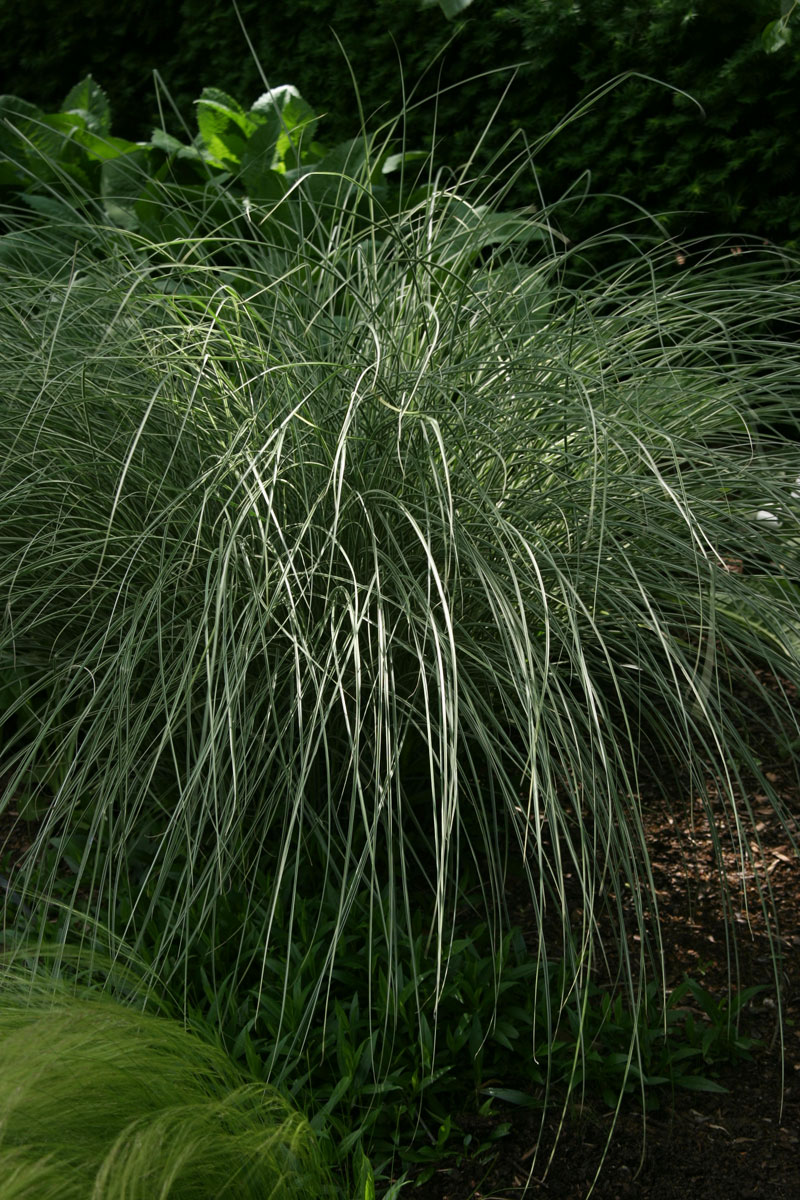
Photo/Illustration: Michelle Gervais

Photo/Illustration: Jennifer Benner
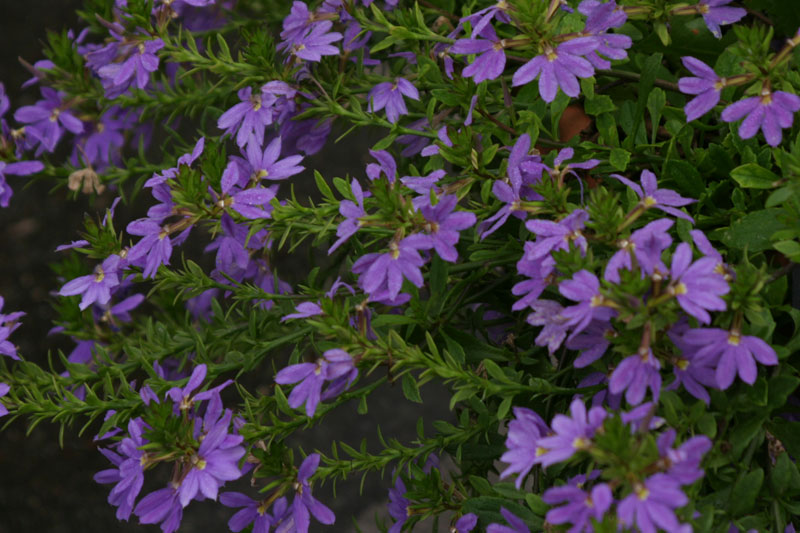
Photo/Illustration: Brandi Spade
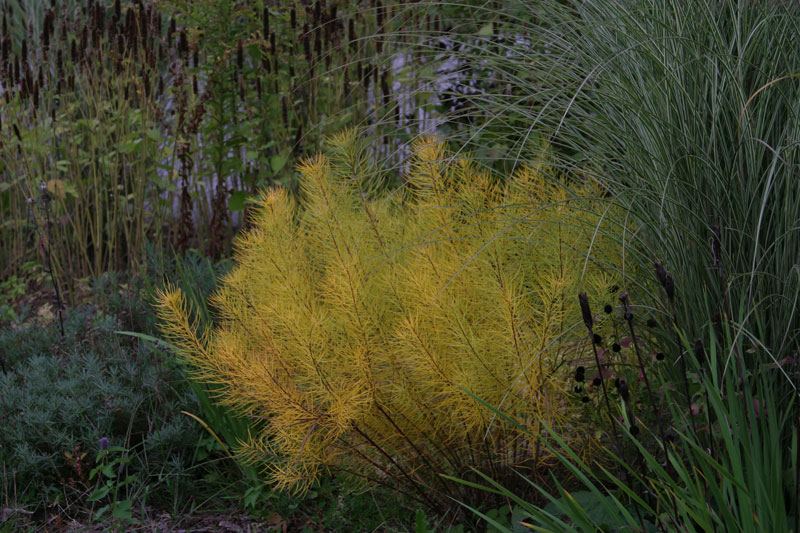
Photo/Illustration: Steve Aitken
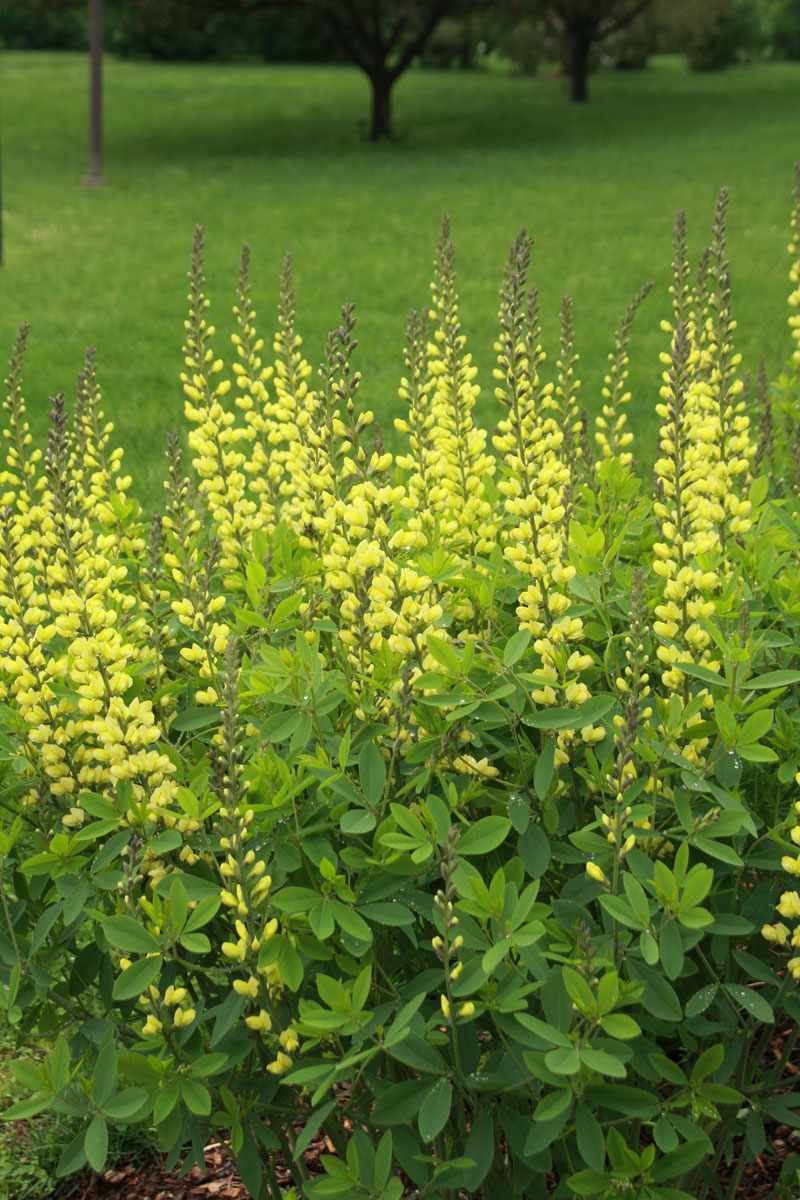
Photo/Illustration: Michelle Gervais
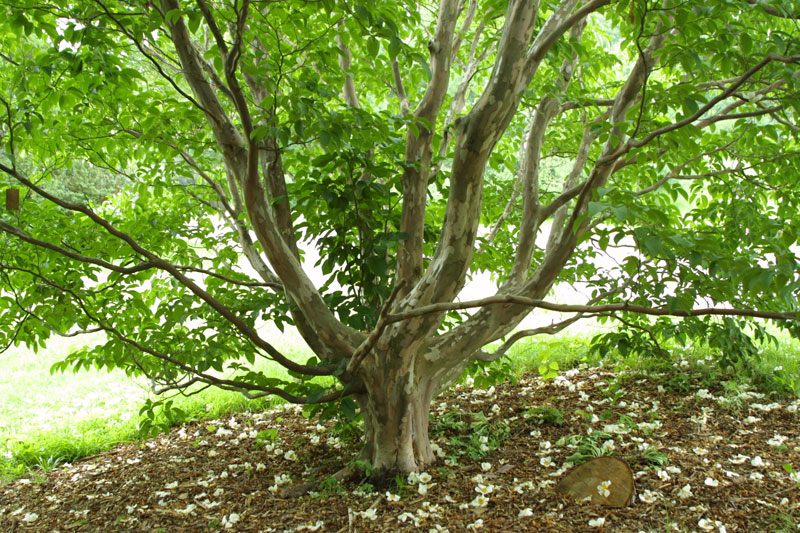
Photo/Illustration: Stephanie Fagan
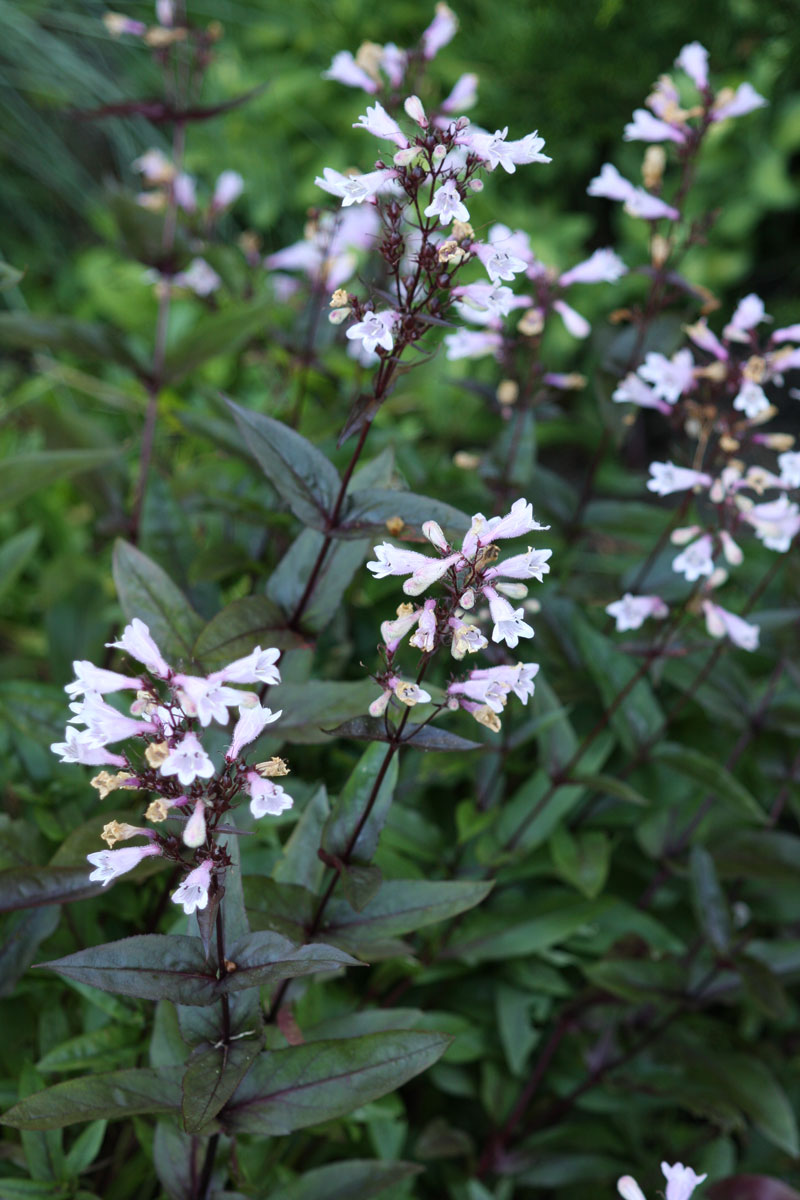
Photo/Illustration: Kerry Moore
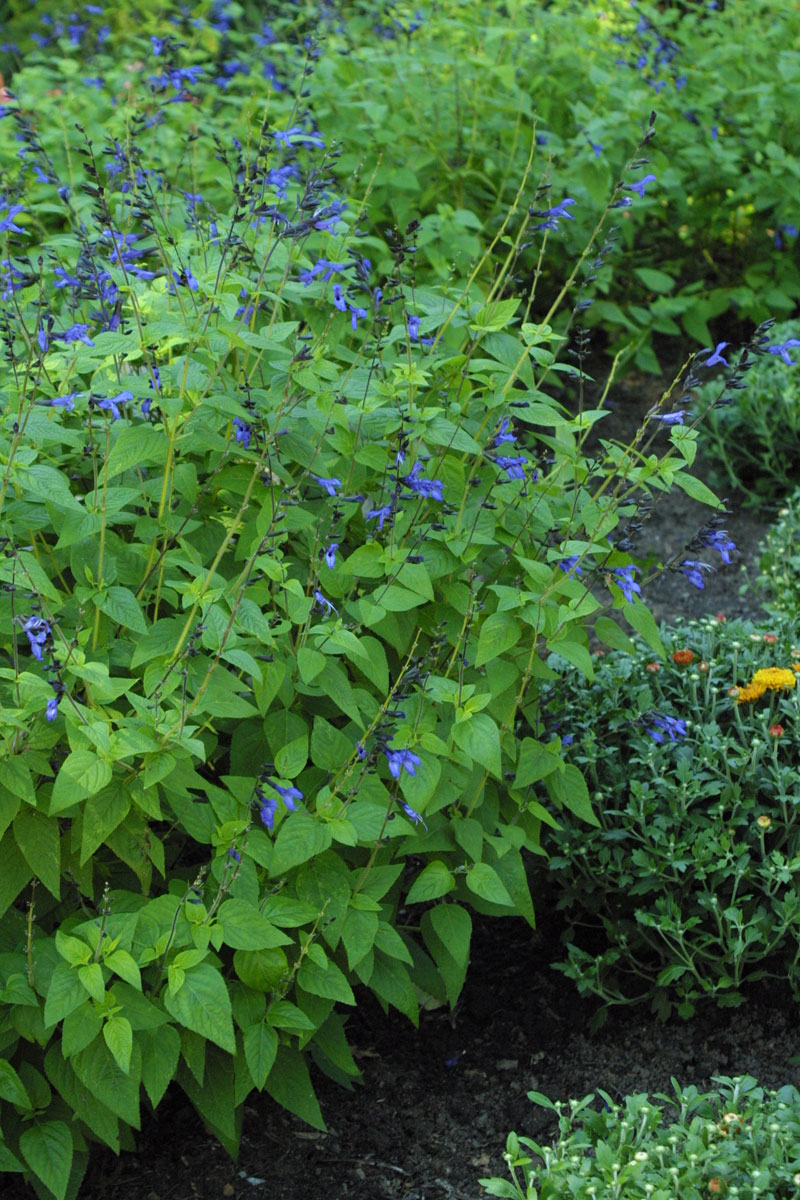
Photo/Illustration: Jennifer Benner
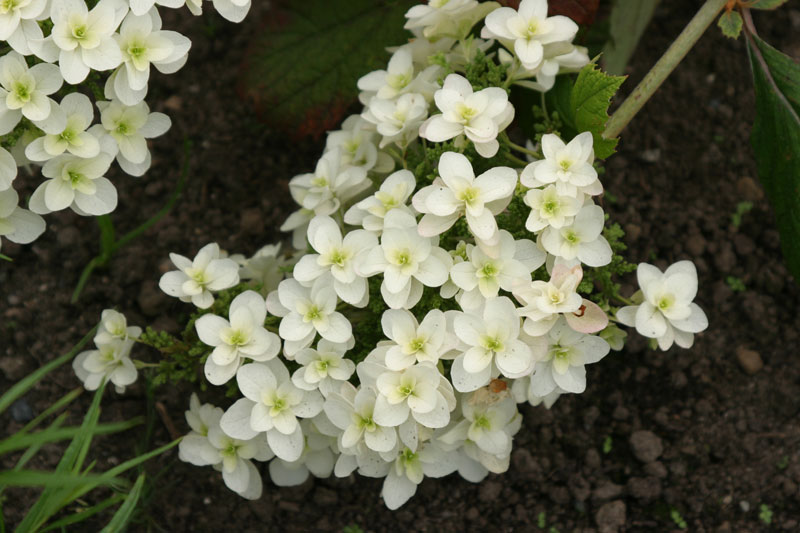
Photo/Illustration: Jennifer Benner

Photo/Illustration: Jennifer Benner
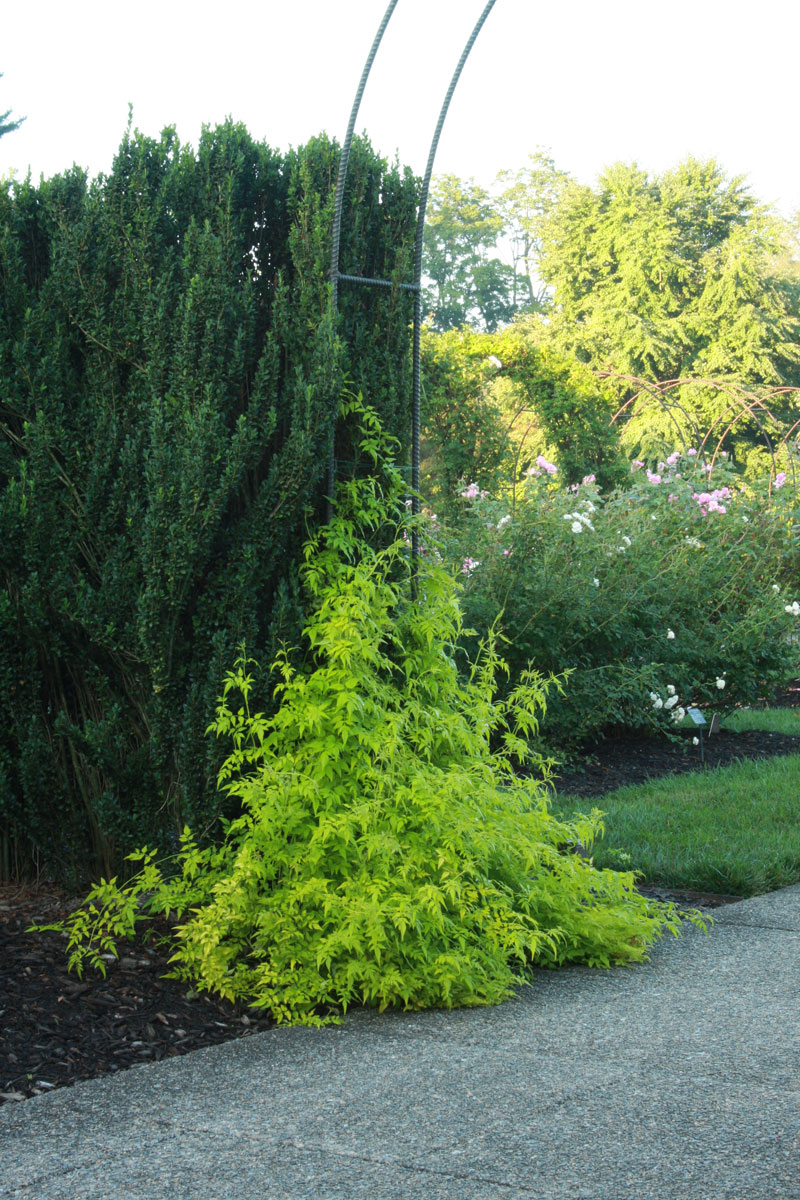
Photo/Illustration: Michelle Gervais
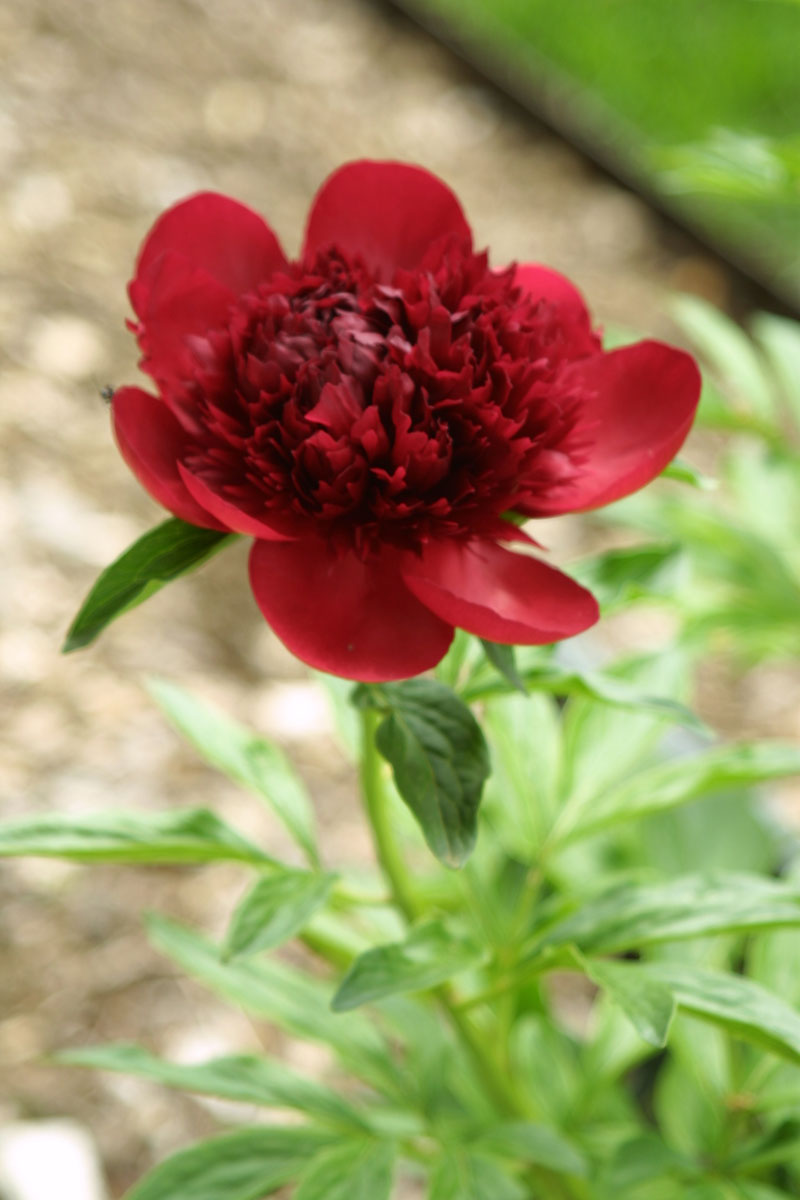
Photo/Illustration: Jennifer Benner
Fine Gardening Recommended Products

A.M. Leonard Deluxe Soil Knife & Leather Sheath Combo
Fine Gardening receives a commission for items purchased through links on this site, including Amazon Associates and other affiliate advertising programs.

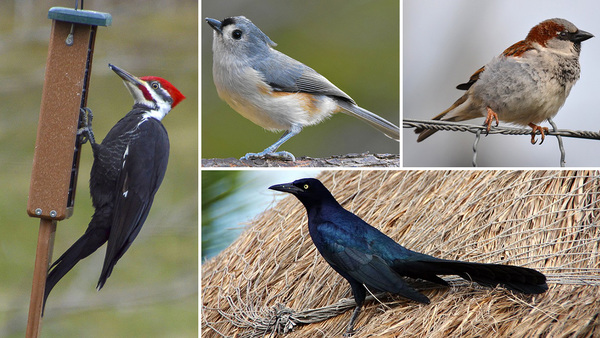
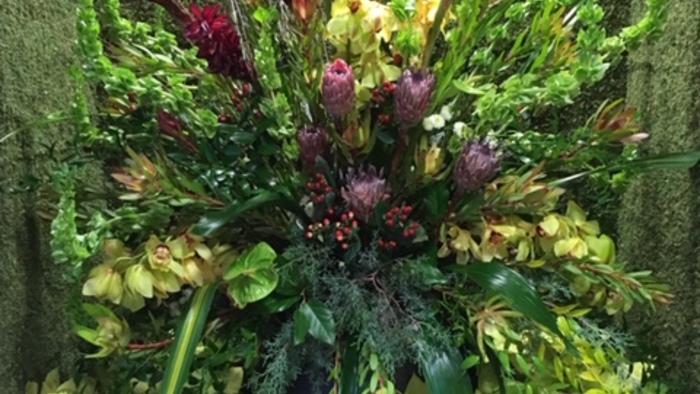
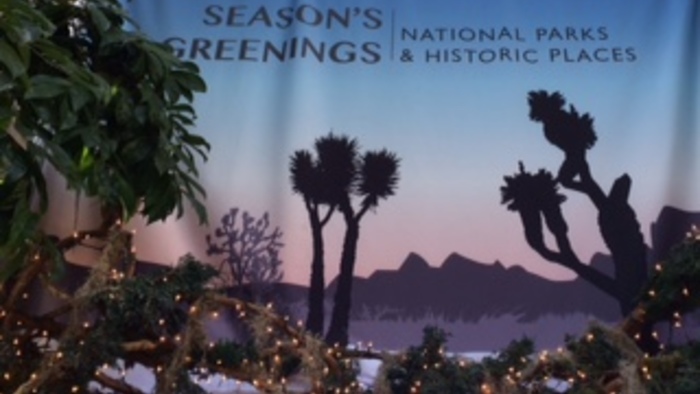
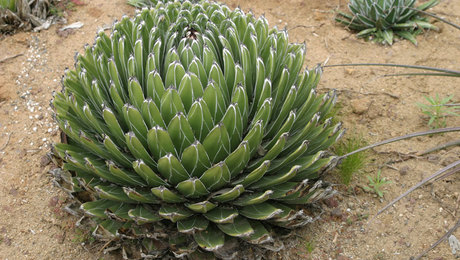













Comments
I can't believe it. Only one fern among all the picks. No Rhododendrons, No Mountain Laurel. Very, very few are among my top picks.
Just read the Northeast picks in the magazine. What kind of Top Ten Plant list is that??? Two annuals, three tender perennials(annuals for me), and a questionable zone 5. What are you guys smoking? That is hardly a northeast EXPERT plant list.
Very disappointed. The non-regional list was a much more appropriate Northeast list. And a very nice list it was.
It would be nice if the article stated the criteria that the plants needed to have to be included in a Top-10.
So just for the heck of it, I tried my hand at a Northeast list. Granted, a lot of it is personal preference, but I think staying power (predominantly woodies)is called for. This is my quickie list (not exactly ten, but any 10 would be better than article's IMO):
Tree: Magnolia lobneiri 'Leonard Messel'
Tree: Heptaconium miconiodes
Tree: Acer griseum
Shrub: Hydrangea Paniculata 'Quickfire' (or 'Limelight')
Shrub: Physocarpus 'Diablo' (or 'Summer Wine')
Shrub: Hibiscus syriacus 'Lucy' (or 'Blue Satin')
Rose: Knockout Rose or The Fairy
Perennial: Peony, Echinacea, Hosta, Dicentra, Rudbeckia 'Goldsturm', Salvia 'May Night'
groundcover: Arctostaphylos uva-ursi
grasses: Hakenechloa (any), Karl Foester
vine: Clematis Jackmanii, Hydrangea petiolaris
Yes, some are older classics, potentially overplanted, and not flashy new varieties, but that is intentional for a list to have staying power I think.
That's my gardening effort for the winter.... back to movies and books ... :-)
Thank you for these lists for our region! They renew my faith in you. It seemed to me that including lists by 2 nursery owners in the last issue represented a fairly glaring conflict of interest. Nothing against those two nursery owners, but I can't help but wonder if their choices were influenced by their current plant inventory....Just sayin'...
Awesome list! As a plant lover, I recently discovered the TickleMe Plant. The TickleMe Plant is native to Brazil and other tropical counties. What makes the TickleMe Plant unique is its ability to fold its leaves when Tickled. Now it can be grown indoors as a house plant. Just search TickleMe Plant on Amazon
to easy grow your own.
I can't thank you for covering my region. I have noticed not only on this site but other gardening sites as well that the coastal south is mostly ignored. Funny when you consider the vast area, the subtropical and tropical climate which flourishes with flowers, trees, shrubs, forests and swamps.
Texas the largest state (save for Alaska) with every climate represented. Houston (The 4th largest city in the United States) is not mentioned at all. Yep, we grow stuff here too. What's with you gardener sites?
Try and think: "southern, coastal, subtropical, Houston, New Orleans, Mobile, Tallahassee, Miami, etc " and hook up with expert gardeners here who also have a list of favorite plants and a few good ideas.
Little changes can affect those around Vidmate you positively, so choose wisely. Whatever approach you prefer, it’s great to start the new year feeling refreshed and focused, so you are ready to take on the year ahead
Having a schedule is also important for you to help stay on task achieve more, have an https://tutuappx.com/ organized day, and stay positive which can help you feel happy which then spreads to others so they feel that same happiness.
If you use https://paperwriter.one you might be able to figure out how much more you are going to owe by printing out your tax returns. When I printed mine out it included forms to send in with my estimated tax payments.
Log in or create an account to post a comment.
Sign up Log in